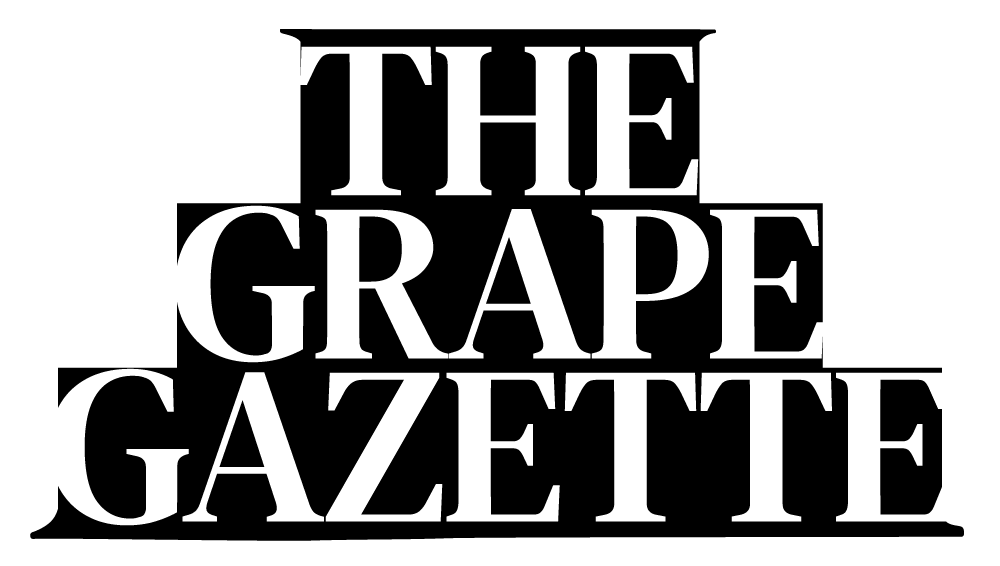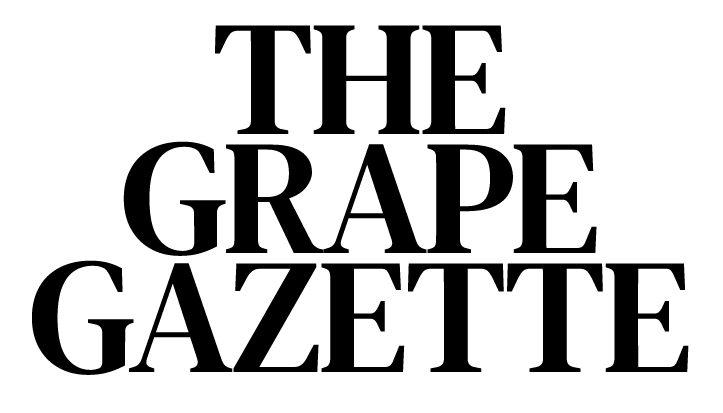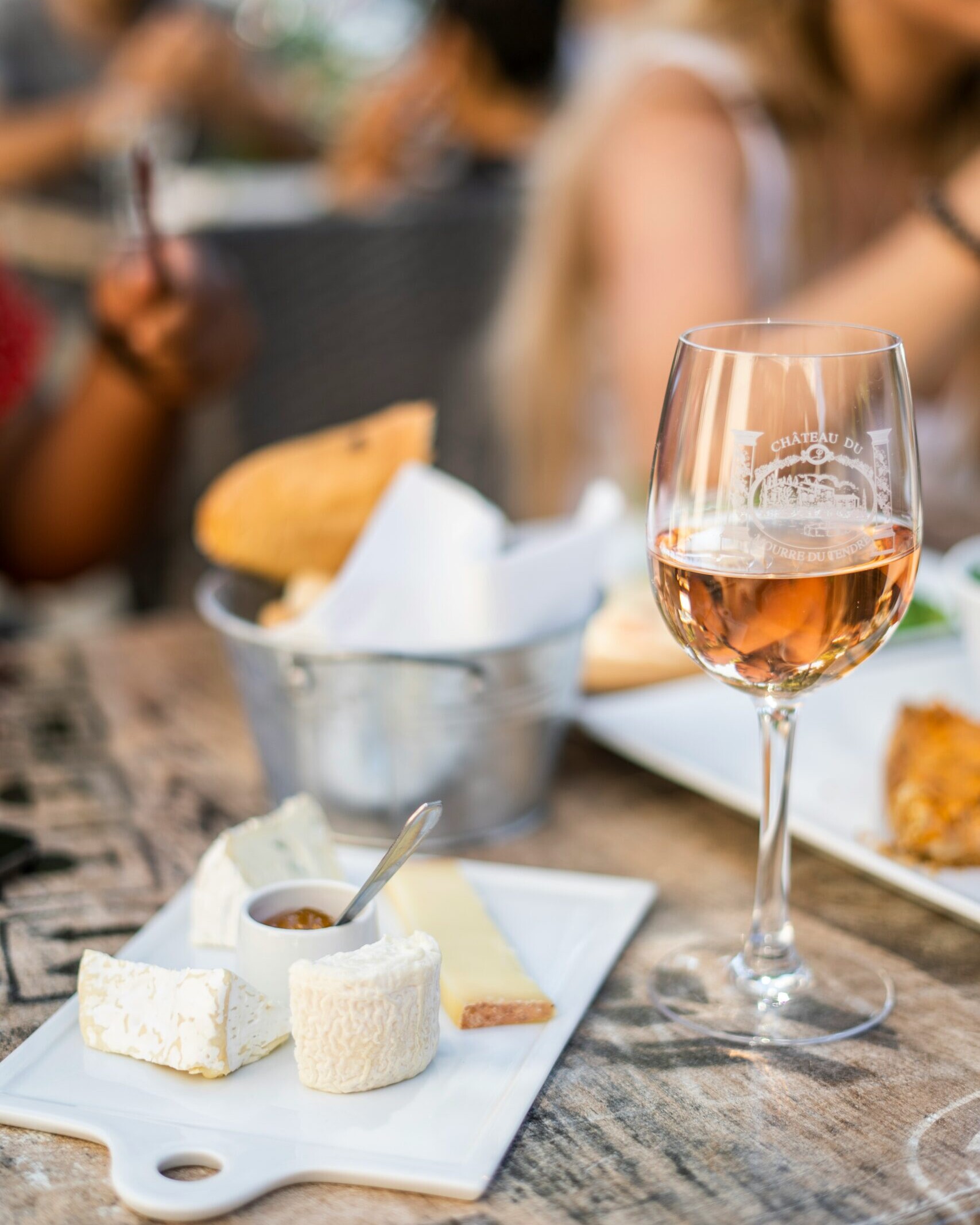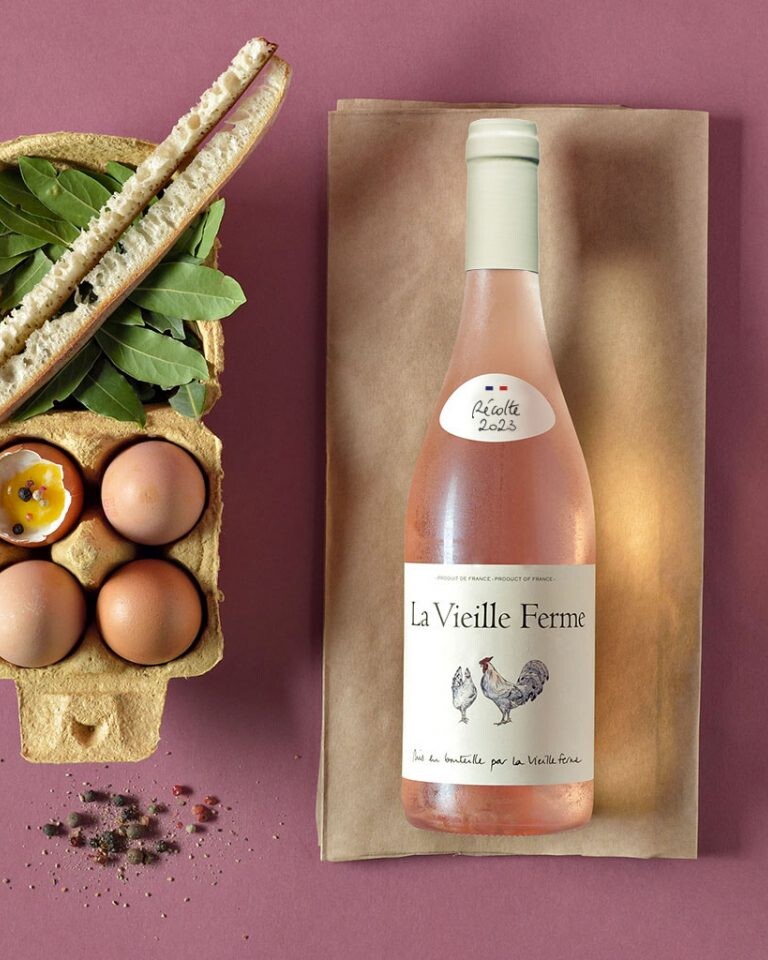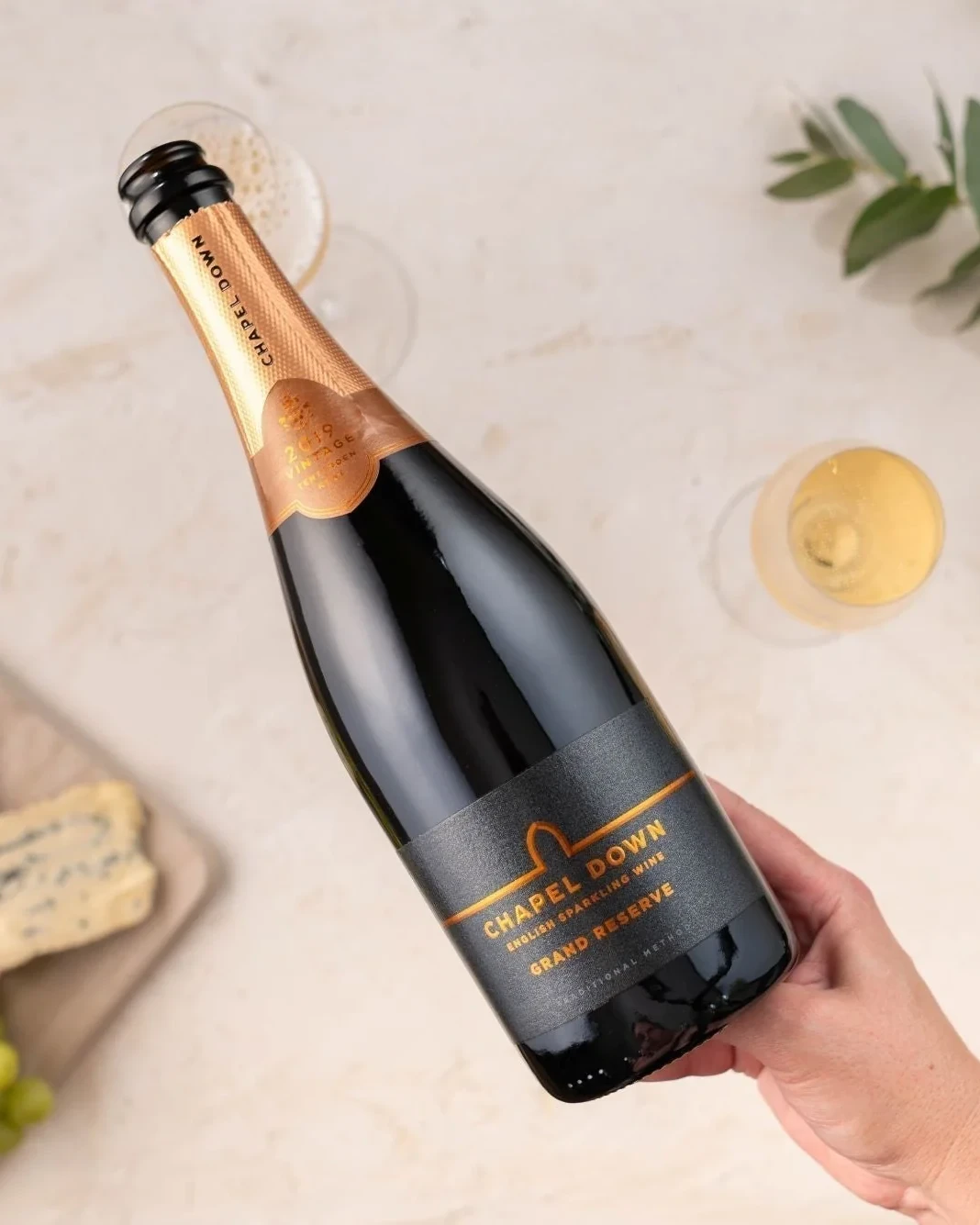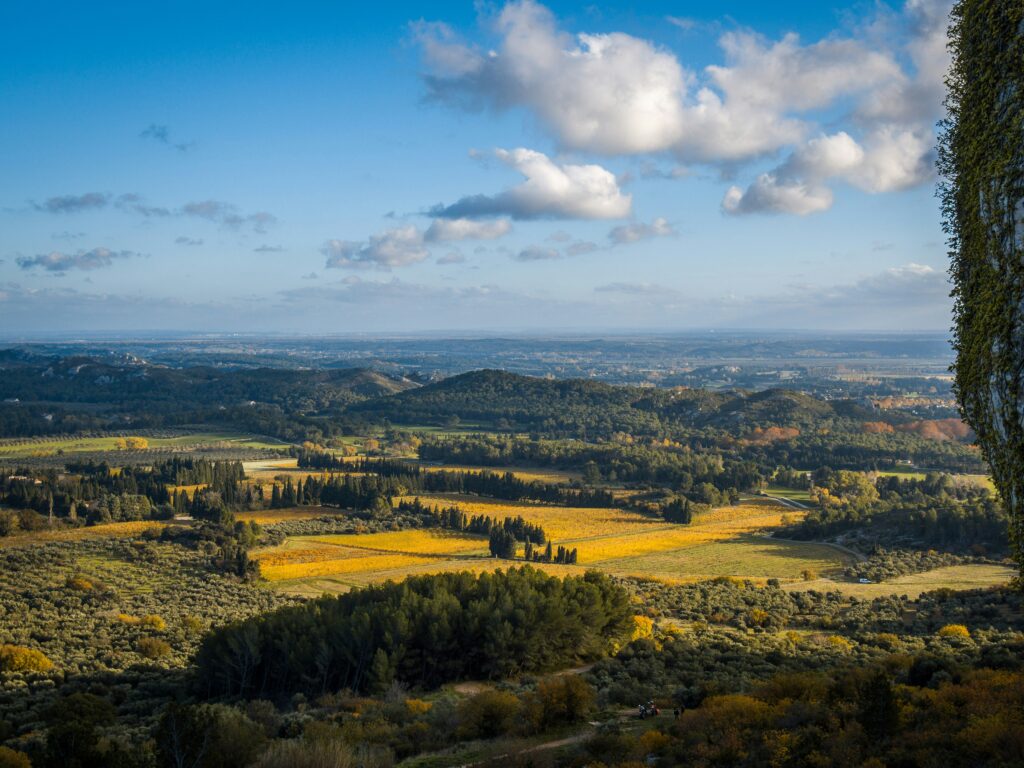
You can’t scroll through social media in summer without seeing someone sipping a glass of pale pink wine under the sun. But Provence rosé isn’t just about the aesthetic – it’s a wine style deeply rooted in French winemaking history.
But is it actually worth the premium price tag or just a case of clever branding? Let’s break it down.
What Sets Provence Rosé Apart?
Unlike the sweet rosé styles you might associate with cheap supermarket wine, Provence’s version is all about dry, elegant, and refreshing flavours. Its signature pale pink colour comes from minimal skin contact during winemaking, creating a light, crisp style that’s perfect for warm weather drinking.
(Insert image of a bottle of Provence rosé being poured into a glass)
Flavour Profile: What to Expect
- Aromas: Fresh strawberries, white peach, rose petals, and a touch of dried herbs.
- Taste: Crisp red fruit, citrus zest, and a slightly salty minerality.
- Structure: High acidity, low tannins, and a refreshing, weightless mouthfeel.
The magic of Provence rosé lies in its balance – it’s never too fruity, never too dry, and always dangerously easy to drink.
Is Provence Rosé Worth the Price?
One of the biggest debates around Provence rosé is whether it’s overpriced. Compared to rosé from Spain, Italy, or even the Languedoc, it can be significantly more expensive. But why?
- Vineyard Quality: Provence has some of the best terroir for rosé, with limestone soils and a Mediterranean climate that creates perfect growing conditions.
- Winemaking Techniques: The best producers use old vines, sustainable farming, and precise blending to create their signature styles.
- Brand Power: Let’s be honest – part of the appeal is the luxury image. Names like Whispering Angel or Minutydon’t just sell wine, they sell a lifestyle.
Alternative Rosés to Consider
If you love the Provence style but want to explore other options, here are some alternatives:
- Spanish Rosado (Navarra) – Similar freshness with a bit more body.
- Tavel (France) – A darker, more structured rosé with deeper red fruit flavours.
- English Rosé (Sussex) – A growing category with a crisp, mineral-driven profile.
(Internal link suggestion: If your site covers English wine, link to a relevant article about Sussex vineyards)
Food Pairing Ideas
Provence rosé is incredibly versatile. Whether it’s a casual summer barbecue or an elegant seafood dish, it works with just about anything. Some top pairings:
- Grilled prawns & aioli – The garlic and citrus bring out the best in the wine.
- Goat’s cheese salad – The crisp acidity balances the creaminess.
- Sushi & sashimi – Works surprisingly well, especially with lighter fish.
Check out our wine and food pairing guide
So, is Provence rosé worth the hype? If you love dry, elegant, and effortlessly drinkable wine, absolutely. But if you’re just after a refreshing rosé without the premium price tag, there are plenty of alternatives out there.
Either way, a chilled glass of rosé on a summer evening never feels like a bad decision. Santé! 🥂
